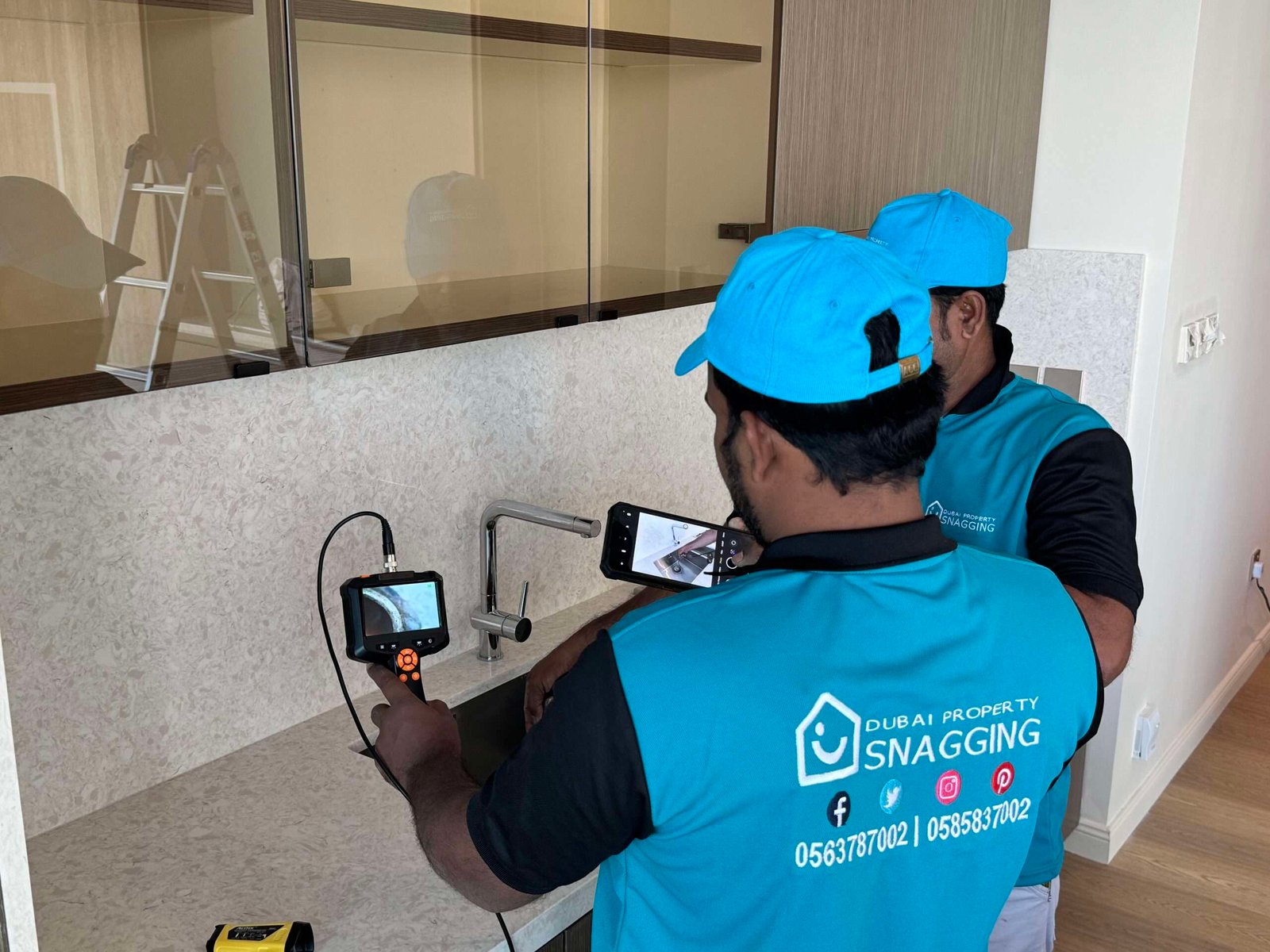Property Snagging Report: What’s Inside?
Purchasing a new property is an exciting milestone, but it can also come with hidden surprises that could cause headaches in the future. This is where a property snagging report comes in. It’s an essential part of ensuring that your new home or commercial space is in perfect condition before you move in. But what exactly is inside a snagging report? In this blog, we’ll take a look at what you can expect to find in a typical property snagging report and why it’s crucial for buyers and owners.
What is a Property Snagging Report?
A snagging report is a detailed inspection document that highlights any defects, issues, or imperfections in a newly built or recently renovated property. It’s typically prepared by a professional snagging inspector and is designed to catch small issues, often referred to as “snags,” that may not be immediately obvious. These snags can range from cosmetic flaws, like scratched paint, to more serious construction errors, such as faulty plumbing or electrical work.
Key Components of a Snagging Report
A property snagging report is a comprehensive list of all the issues found during the inspection. It typically includes the following sections:
1. Introduction & Property Details
At the start of the report, you’ll find a section that includes the property details, such as:
- Property address
- Type of property (e.g., flat, house, commercial unit)
- Date of inspection
- Name of the inspector or company carrying out the snagging check
This section helps provide context for the rest of the report and ensures that the correct property is being inspected.
2. Visual Inspection of the Property
One of the most important parts of the snagging report is the detailed visual inspection, which covers every part of the property, both internally and externally. The inspector will check:
- Walls and ceilings: Looking for cracks, uneven surfaces, and areas of damage.
- Flooring: Checking for scratches, gaps, and misalignment in tiles, wood, or carpets.
- Windows and doors: Ensuring they open and close properly, are aligned, and there are no cracks or damage.
- Paint and finishes: Assessing whether there are any paint imperfections, such as smudges, bubbles, or streaks.
3. Structural and Safety Issues
Beyond the cosmetic, a snagging report will highlight more serious structural issues that could affect the property’s safety and long-term stability. This includes:
- Roofing: Checking for any loose tiles, leaks, or damage.
- Foundations and walls: Inspecting for visible cracks or signs of settlement.
- Plumbing: Testing faucets, showerheads, toilets, and drainage for leaks or malfunctions.
- Electrical systems: Inspecting light switches, sockets, and appliances to ensure proper functioning and safety.
4. Functional Tests
The inspector will also conduct functional tests on various features in the property, including:
- Heating and cooling systems: Checking radiators, air conditioning units, and thermostats.
- Appliances: Ensuring that built-in appliances, such as ovens, dishwashers, and washing machines, are in working order.
- Lighting: Testing all lights and fixtures for correct operation.
5. Outstanding Items and Recommended Actions
After identifying any snags, the report will highlight the most important issues that need attention. These may include things like:
- Items that are not up to the builder’s standards.
- Areas that need rework or repairs.
- Issues that may affect the safety or functionality of the property. This section will often include photographic evidence to illustrate the problem, making it easier for the developer or seller to address the issues effectively.
6. Final Assessment and Sign-off
The snagging report will usually conclude with a summary or final assessment of the property’s condition. It will indicate whether the property is ready for handover, requires additional work, or has major defects that need fixing before moving in.
Why is a Snagging Report Important?
Now that we know what’s included in the snagging report, you might be wondering, “Why is it so important?” Here are a few reasons why a snagging report is crucial for anyone purchasing a new property:
1. Prevent Expensive Future Repairs
By identifying and addressing issues early, you can avoid having to deal with costly repairs down the line. A snagging report helps you spot issues that might not be immediately visible but could become major problems later.
2. Protect Your Investment
Whether it’s your first home or a commercial property, buying real estate is a significant investment. A snagging report ensures you’re not inheriting hidden problems that could reduce the property’s value or increase ongoing maintenance costs.
3. Hold Builders Accountable
In the case of new builds, a snagging report gives you documented evidence of any defects or incomplete work that the builder is responsible for fixing. Builders and developers are often obligated to address snags, and the report provides leverage to ensure that they follow through on repairs.
4. Peace of Mind
A snagging report provides peace of mind, knowing that you’ve thoroughly inspected the property and are not moving into a home with hidden flaws. It’s an essential step before moving in or completing a property transaction.
Conclusion
A property snagging report is a crucial step in ensuring that your new property is in tip-top shape before you take ownership. It serves as a safeguard against future problems, protects your investment, and helps you address any imperfections or defects before they become bigger issues. If you’re in the process of purchasing a new property, getting a snagging report can save you a lot of stress and money in the long run.



